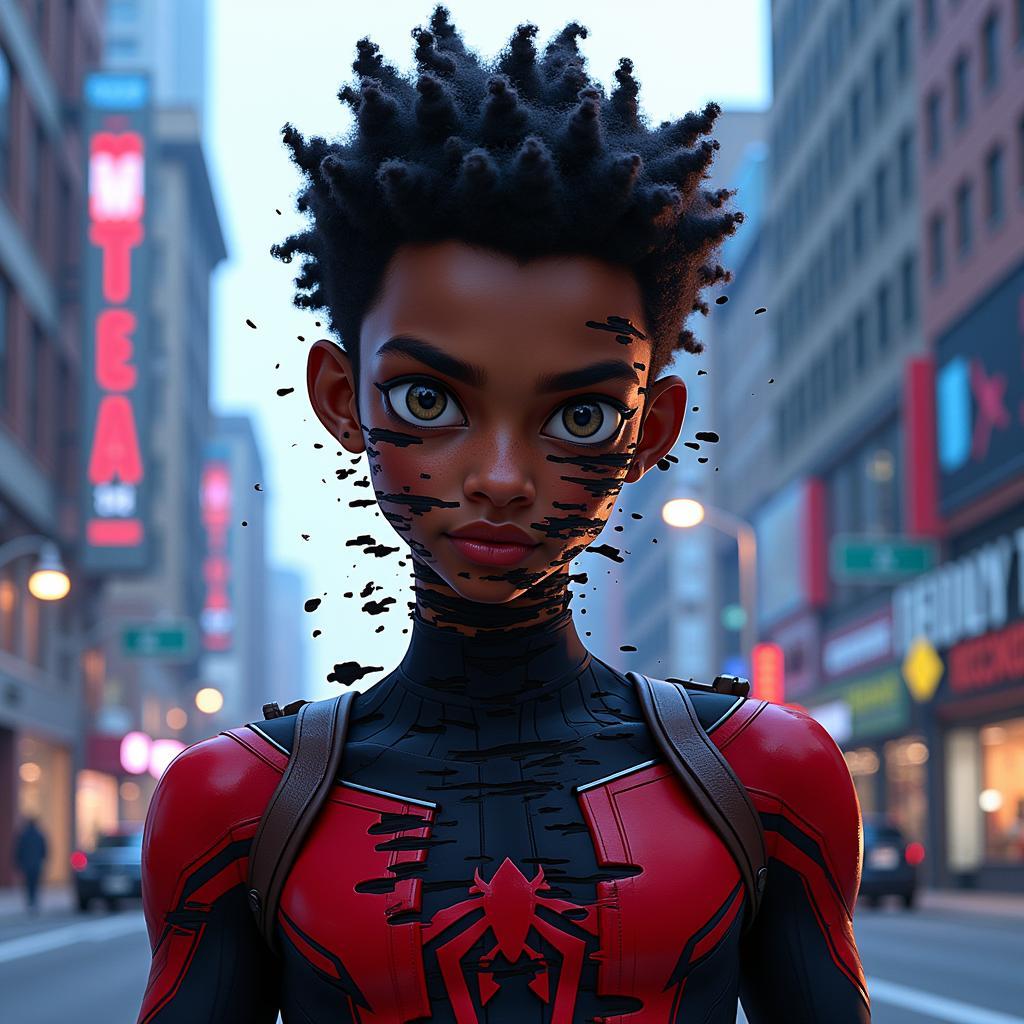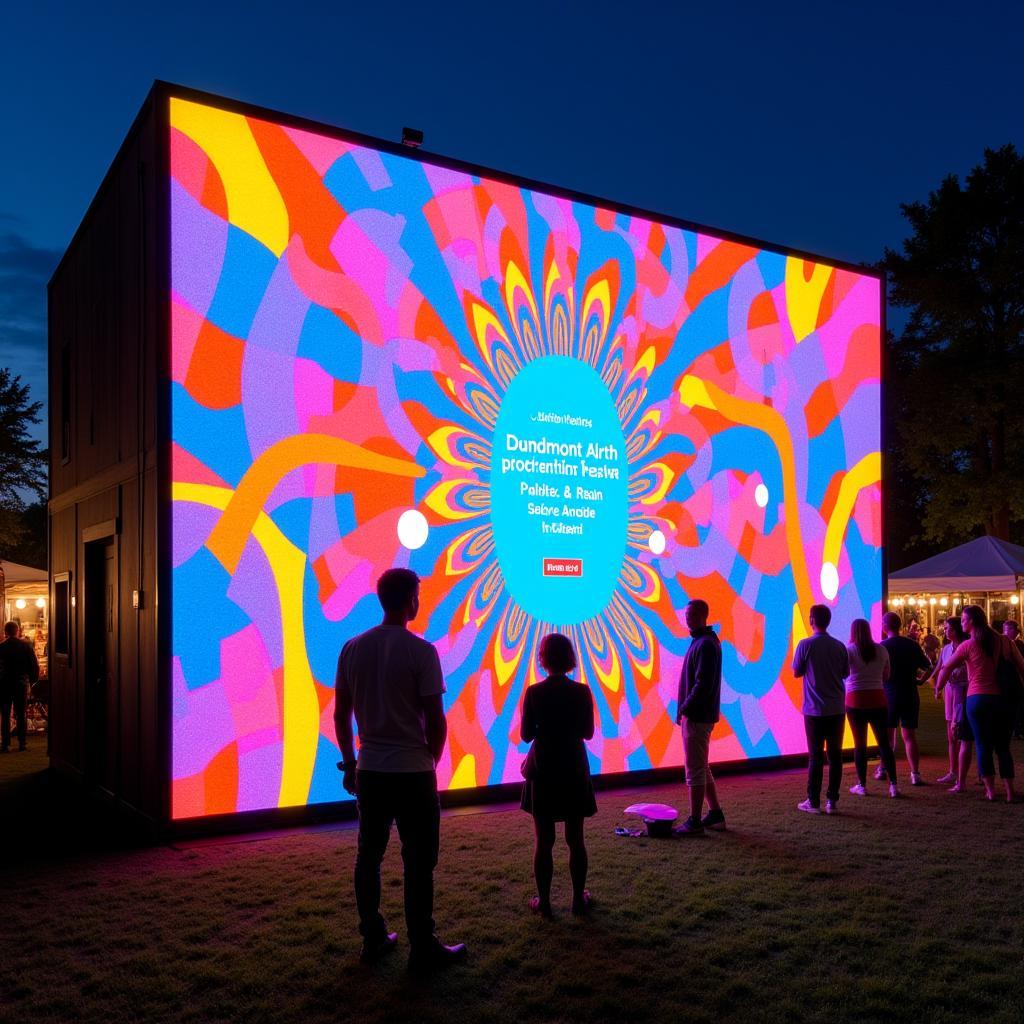Decoding Green Day’s Insomniac Album Art: A Deep Dive
The iconic cover art for Green Day’s 1995 album, Insomniac, is more than just a chaotic collage. It’s a visual representation of the album’s themes of anxiety, alienation, and the struggles of insomnia. This article delves into the meaning behind the Green Day Insomniac album art, exploring its symbolism and the artistic choices that make it a lasting piece of 90s punk rock history.
Understanding the Anxiety Behind the Green Day Insomniac Album Art
Winston Smith, a renowned collage artist, created the cover for Insomniac. His work, often infused with political and social commentary, perfectly captured the raw, frenetic energy of Green Day’s music. The Insomniac cover is a whirlwind of fragmented images: a screaming mouth, a distorted figure, and a flurry of seemingly unrelated objects. These elements combine to create a sense of unease and overwhelming stimulation, reflecting the album’s exploration of insomnia and its associated anxieties. It’s a visual manifestation of the racing thoughts and fragmented dreams that plague a sleepless mind. What do you see when you look at the cover? Does it evoke a similar feeling of restlessness?
The central figure, often referred to as “God Told Me to Skin You Alive,” is a particularly striking element. Its distorted form and grotesque features contribute to the overall feeling of discomfort and alienation. This figure, combined with the other fragmented images, creates a visual representation of the mental and emotional turmoil explored throughout the album. This isn’t just a pretty picture; it’s a window into the album’s thematic core.
Deconstructing the Symbolism: What Does Green Day’s Insomniac Cover Mean?
The Green Day Insomniac album art isn’t just a random collection of images; it’s loaded with symbolism. The screaming mouth, for instance, can be interpreted as a representation of the frustration and voicelessness that often accompany anxiety. The distorted figure can be seen as a symbol of the fragmented self, struggling to maintain a sense of identity in a chaotic world. Even the seemingly random objects, like the teeth and the burning building, contribute to the overall sense of unease and impending doom. Each piece of the puzzle adds another layer of meaning to the overall message.
The album’s title, Insomniac, is further reinforced by the cover art. The chaotic and overwhelming imagery reflects the racing thoughts and fragmented dreams that often characterize insomnia. The cover art isn’t just a visual representation of the album’s title; it’s an embodiment of the experience of insomnia itself.
The Legacy of Green Day’s Insomniac Artwork
The Insomniac album art has become an iconic piece of 90s punk rock imagery. Its raw, unfiltered depiction of anxiety and alienation resonated with a generation grappling with similar struggles. The album cover’s lasting impact is a testament to its powerful visual storytelling. It’s not just an album cover; it’s a piece of art that continues to speak to listeners today.
How Does the Green Day Insomniac Album Art Reflect the Music?
The album art perfectly complements the music on Insomniac. The aggressive, fast-paced punk rock songs are a sonic reflection of the anxiety and frustration depicted visually on the cover. The album’s themes of social commentary, paranoia, and the struggles of everyday life are mirrored in the chaotic and unsettling imagery. The music and the art work together to create a cohesive and impactful artistic statement.
In conclusion, the Green Day Insomniac album art is a powerful and enduring piece of visual storytelling. It’s a chaotic yet meaningful collage that perfectly captures the album’s themes of anxiety, alienation, and the struggles of insomnia. It’s a testament to the power of art to reflect and express complex emotions and experiences.
FAQ
- Who designed the Insomniac album cover? Winston Smith.
- What is the meaning behind the central figure on the cover? It represents the fragmented self, struggling with anxiety and alienation.
- What year was Insomniac released? 1995.
- What style of art is used on the cover? Collage.
- What are some of the key symbols on the Insomniac album cover? The screaming mouth, the distorted figure, burning buildings, and loose teeth.
- What is the overall theme of the Green Day Insomniac album art? Anxiety, alienation, and insomnia.
- Why is the Insomniac album cover considered iconic? Its raw depiction of anxiety resonated with a generation and became a visual representation of 90s punk rock.
Need support? Contact us 24/7: Phone: 02462573573, Email: [email protected] or visit us at Savico Megamall, 7-9 Đ. Nguyễn Văn Linh, Gia Thụy, Long Biên, Hà Nội 10000, Việt Nam.




